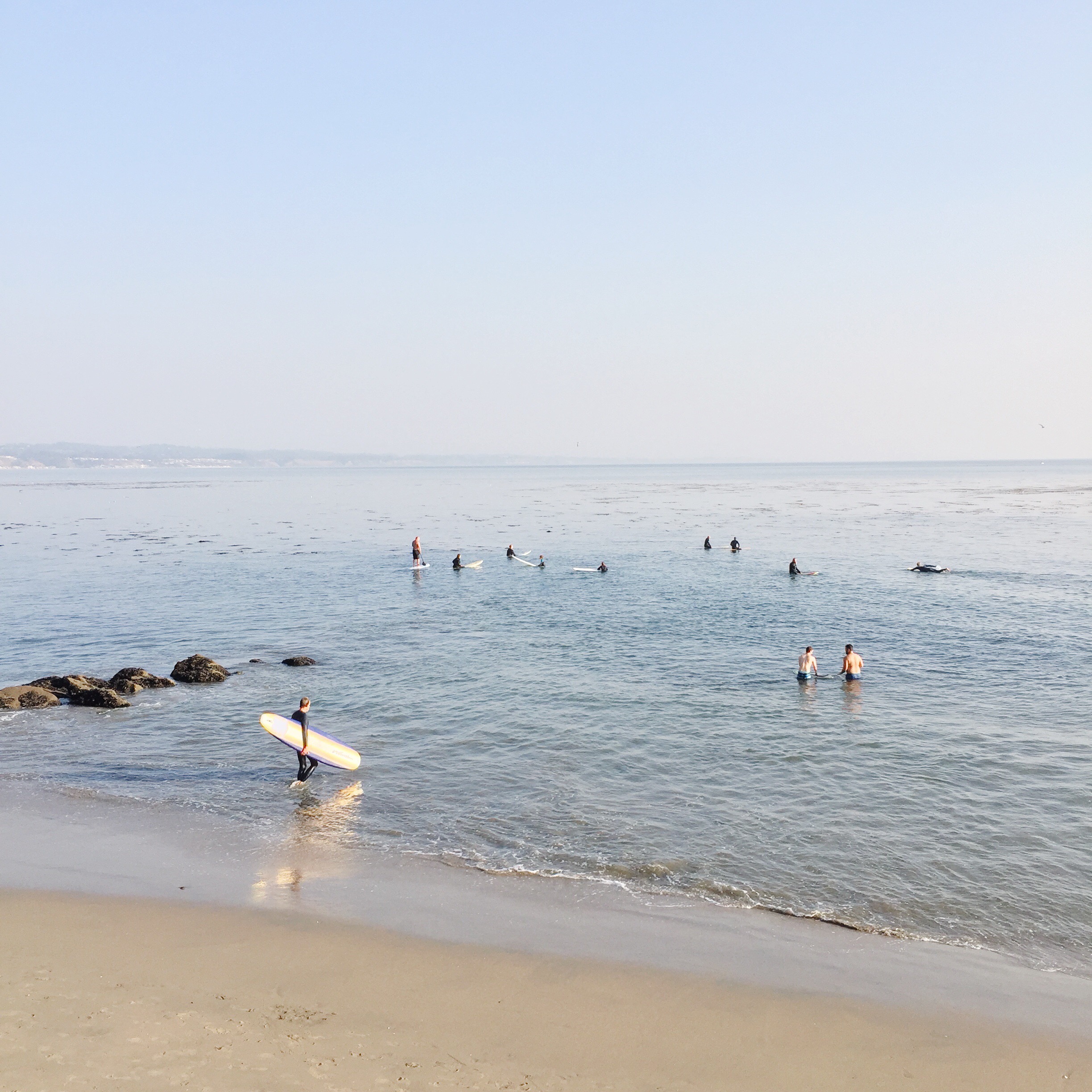For the past nearly-four years, we have been living in an apartment. It’s a lovely apartment, steps from my mom and brother, a few blocks from one of my oldest friends, walking distance from Trader Joe’s, a delightful cafe, a running path by the beach and a great school we love. My husband takes the ferry to work, 20 minutes later he’s in San Francisco; on the boat ride home he can have a beer and look out at the sun setting over the bay.
But it’s in a city where we can’t hope to buy a house, not anytime in the foreseeable future. It’s an apartment without a yard where my outdoors-loving kid and I crave open, wild spaces. It’s in a city where the air is regularly “unhealthy for sensitive groups” which makes me nervous since I had asthma all through childhood.
These past almost-four years have, in a strange way, felt like limbo. Enjoyable, for all of the reasons above, but with an undercurrent of transience. How long will we be here? Where will we land next? I hate the feeling of not knowing, even though we are the people doing the deciding. I wouldn’t want someone to tell me where to live, and yet in a small way it feels like that would be easier. I crave limitations. When the world is too wide-open, it’s scary not knowing where you’re headed. With a course charted, I can relax into the journey.
I’ve been slowly piecing together a patchwork of not-heres to help determine where that great big “you are here” arrow might land next.
First, after reading This is Where You Belong by Melody Warnick, I decided to cross off any place too far to drive to a good friend or relative’s house within an hour or two. For us, that narrows the options down to just a handful of circles on the map. Unfortunately, some of those circles are still thousands of miles apart, begging the question: how else can we decide where to go?
I know what I want: A walkable town, good coffee, independent bookstores, clean air, beautiful nature, quality schools and public resources like parks, playgrounds, walking paths and libraries. A nice big yard where we can have a dog and a treehouse. My work is portable, but my husband will need to stay near at least a mid-size city.
We took a quick overnight getaway to one potential locale over the weekend, and I was instantly disappointed. It was near areas I’m quite familiar with, and I thought I had a better sense of things. But after arriving, I quickly realized that seeing a place with eyes to living there is a different proposition altogether.
I didn’t like the treacherous curving roads with no sidewalks — I imagined my son trying to navigate them on his bike, and felt my heart jump into my throat. The densely oak-y hills felt strangely oppressive. Pulling into the parking lot of the junior high school, we were greeted with a roof that needs replacing and a cluster of mostly temporary buildings surrounded by chain link. I came away feeling dispirited and down.
But as the experience percolated in my head a bit more over the next 24 hours, I realized that this — the ugly school, the tummy-twisting roads, the oppressive trees, all of it — was a gift.
It’s a gift to be able to say, that’s not for me.
It’s a gift to be able to name what’s not working.
It’s a gift to be able to walk away: to cross something off your list and say, nope, not going to happen.
Where has that left us? Honestly, I don’t know. There are still communities near the one we checked out that have potential, and then there are the other (much farther away) circles on our map to weigh. But being able to cross this one place off our list of potential places is like taking a bag or two of castoffs to Goodwill — it’s not the whole shebang, but it’s a beginning.
A bit of space is opening up, and that’s worth celebrating.









